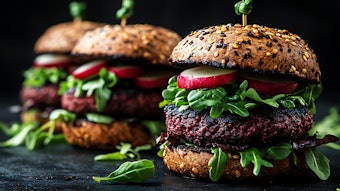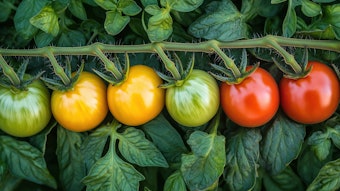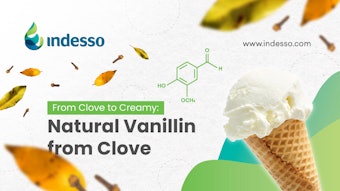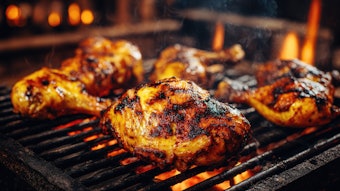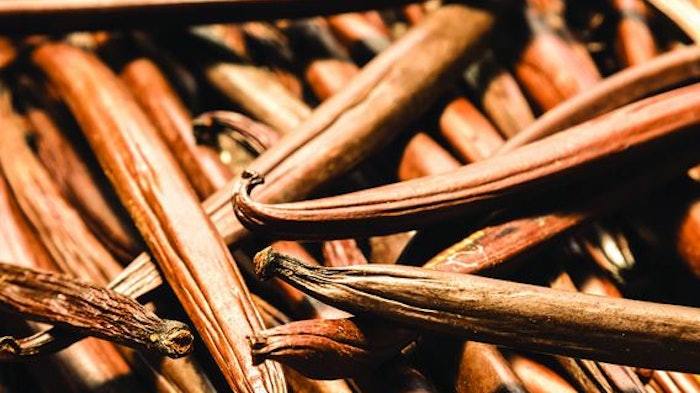
The flavor of cured vanilla beans contains a complex mixture of aroma and taste compounds.
The curing of ripe, green vanilla beans convert a generally unflavored pod into the universally recognized and popular aromatic product.
The cured pod, depending on its application, may contain moisture in the range of 15% to 35% by weight. The beans are utilized as:
- The whole or comminuted material
- A solvent extract produced from the comminuted bean
- Vanilla paste
The final part of this series will examine the range of vanilla extracts, thoughts on improved extraction and, finally, suggest areas of potential improvement of vanilla bean extraction.
Range of Vanilla Extracts
- Vanilla extract: As described in part one, this is the most common form of vanilla, as extract, employed commercially. It is regulated by the FDA with respect to bean and alcohol content as described in part one. Extract formats are 1, 2, 3, etc. up to 20-fold.
- Vanilla flavoring: Natural vanilla flavoring is derived from vanilla beans using little to no ethanol, this being substituted by mainly glycerol or propylene glycol. The maximum ethanol content in such extracts is usually about 2% to 3%. By FDA regulations these products cannot be labelled as vanilla extract.
- Concentrated vanilla extract: Produced by solvent removal from vanilla extract to produce a more concentrated flavor blend. These concentrates are usually produced by vacuum distillation of 3-fold vanilla extracts. Concentration of alcoholic vanilla extracts result in some loss of more volatile aroma components; this is especially pronounced in vanilla oleoresin production. Flavor quality of concentrates are generally inferior in aroma to 1, 2 or 3-fold directly extracted material.
- Supercritical carbon dioxide extract: Concentrated vanilla extracts can also be produced by treatment of vanilla beans with supercritical carbon dioxide (SCCO2) followed by facile removal of the gas.6 This relatively expensive process realizes a clean, low color, intense vanilla flavor. This procedure can be conducted on both the laboratory and industrial scale. SCCO2 extracts are essentially free from solvent residues, and by nature of the relatively non-polar extracting solvent, they tend to be low in color and high in aroma impact compounds. They find application in speciality foods and perfumery. Prior to the last six years or so when vanillin content of cured beans was high, SCCO2 was a principal route to 95%+ natural vanillin. In more recent years due to low levels of vanillin in cured beans, the production of natural vanillin by the SCCO2 route became less economical. Opportunities still exist with this technology for specific aroma enrichment.
- Vanilla oleoresin: A dark brown viscous semi-solid concentrate obtained from vanilla extract by solvent removal from usually 3-fold extract by vacuum distillation.
References
6. K Nguyen, P Barton and J Spencer. Supercritical carbon dioxide extraction of vanilla. J. Supercritical Fluids, 4, 40-46, (1991).
For the full article, please check out the Perfumer & Flavorist+ November 2022 issue.
